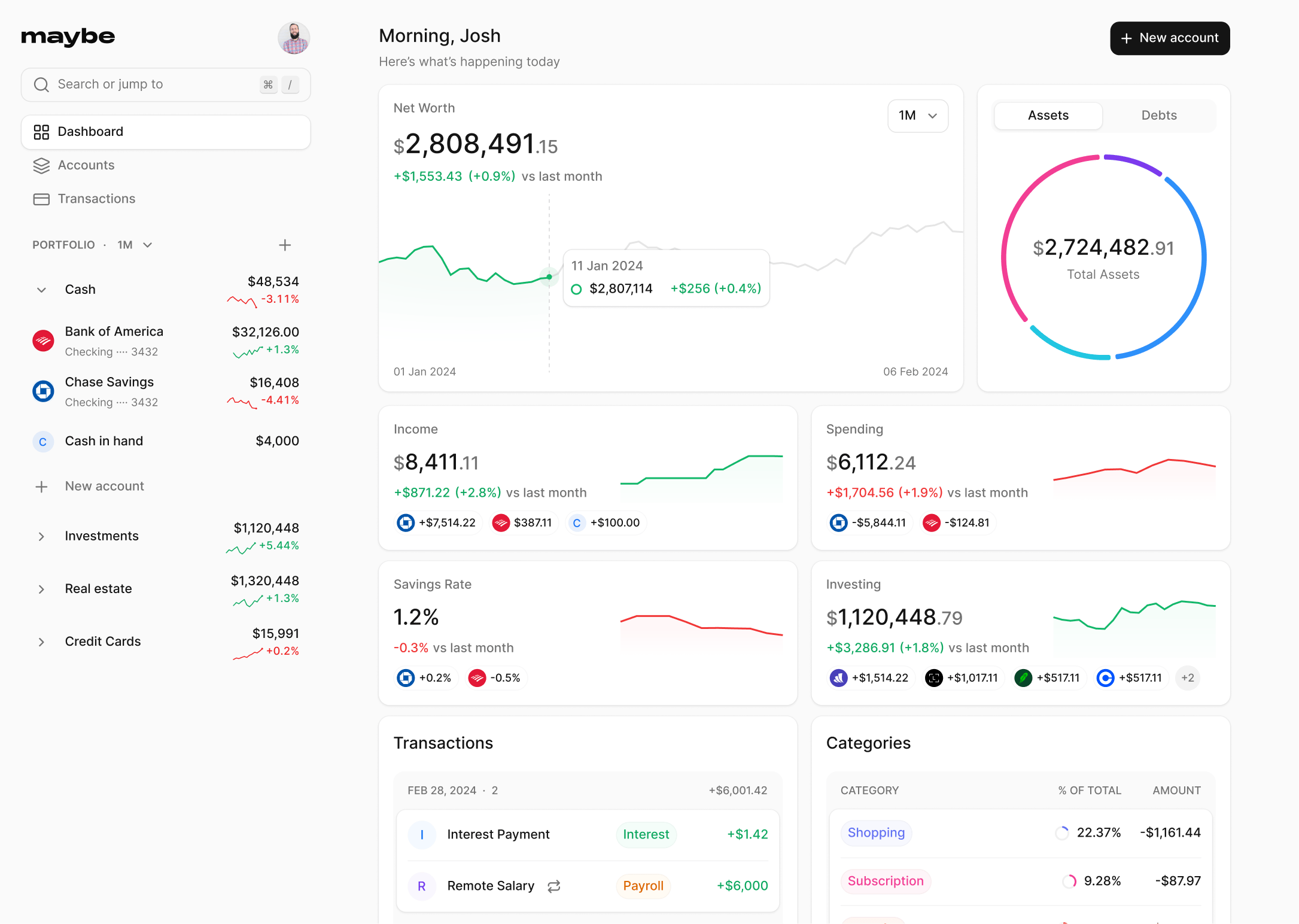Imputed Income: What It Is and How It Affects You

Author
Josh Pigford
Imputed income is a term that refers to the value of non-cash benefits an employee receives from their employer, which are not included in their regular salary or wages. These benefits can range from the use of a company car, company-sponsored trips, sports tickets, to other perks such as free gym memberships or moving expense reimbursements. While these extras can significantly enhance an employee's compensation package, they come with tax implications that both employees and employers need to be aware of.
Distinction Between Imputed Income and Regular Salaries
Unlike regular salaries that are paid in cash, imputed income consists of benefits or services provided to employees. These are considered additional compensation and are subject to taxation, although not always at the same rates or under the same conditions as regular income. The main difference lies in the form of compensation; while salaries are direct financial payments, imputed income represents the value of non-cash benefits.
Legal Framework and IRS Guidelines
The Internal Revenue Service (IRS) has set specific guidelines for determining which benefits are taxable and how they should be reported. Some benefits, known as de minimis benefits, are deemed too minor to warrant tax consideration if their value is under $100. However, for non-de minimis items, employers are required to report these benefits on the employee's W-2 form, and both the employer and employee are responsible for paying FICA taxes on these benefits. The tax treatment of imputed income varies depending on the type of benefit and its value, highlighting the importance of understanding IRS regulations to ensure compliance.
Types of Imputed Income
Company Cars and Housing
- Personal Use of a Company Vehicle: When an employee uses a company vehicle for personal purposes, the value of this use is classified as imputed income and must be reported accordingly. This includes vehicles provided for regular non-business use, whether owned or leased by the employer.
- Employer-Provided Housing: If an employer offers free or subsidized housing to an employee, the value of this accommodation, above a certain threshold, is treated as imputed income. The fair market value of the housing, if it were to be rented on the open market, is added to the employee's gross income, impacting their taxable income.
Health Insurance Premiums and Education Assistance
- Health Insurance Premiums: Generally, premiums paid by an employer for an employee's health insurance are not considered imputed income. This exemption includes contributions to Health Savings Accounts (HSAs) and most types of healthcare coverage.
- Educational Assistance Programs: Employer-provided educational assistance is exempt up to a certain amount per year. This includes tuition, fees, books, and equipment for educational purposes. However, if the employer pays more than the exempt amount for tuition or other educational expenses, the excess is reported as imputed income.
Dependent Care and Adoption Assistance
- Dependent Care Assistance Exceeding Limits: Benefits provided for dependent care, such as childcare, that exceed the tax-exempt limit are considered imputed income. The IRS considers dependent care assistance imputed as opposed to excluded once the annual limit is exceeded.
- Adoption Assistance: Employer-provided adoption assistance is exempt up to a certain amount per child. If the assistance provided exceeds this amount, the excess must be reported as imputed income. This includes reasonable and necessary adoption fees, court costs, attorney fees, traveling expenses, and other expenses directly related to the legal adoption of an eligible child.
By understanding these various types of imputed income, both employers and employees can navigate the complexities of tax implications more effectively, ensuring compliance with IRS regulations.
Tax Implications of Imputed Income
Calculating Taxable Amount of Imputed Income
To determine the taxable amount of imputed income, several steps are required. The process involves:
- Identifying the total amount of insurance coverage for each month.
- Knowing the employee's age at the end of the calendar year.
- Determining the amount the employee pays after taxes each month for insurance.
- Calculating the number of months coverage was in effect.
To calculate the imputed income amount:
- Subtract $50,000 from the total insurance coverage amount.
- Divide the result by 1,000.
- Multiply by the Table I amount, which is based on the employee's age.
- Multiply the result by the number of months the employee was covered.
- Subtract the amount the employee has paid for coverage after tax.
If there are changes in the total benefit amount during the year, these steps should be repeated and adjusted accordingly.
Reporting Imputed Income on Tax Returns
Imputed income must be reported on an employee's tax returns. Employers are responsible for calculating the fair market value (FMV) of non-cash benefits and reporting this additional income to the IRS. This is typically done on the employee's W-2 form, where the value of the benefit is included in Box 12 using Code C, and also in Boxes 1, 3, and 5. Employers can choose the frequency of reporting imputed income as long as it is not less than annually, with options including per pay period, quarterly, semi-annually, or annually.
Impact on Gross Taxable Earnings vs. Gross Pay
Imputed income increases an employee's gross taxable earnings but does not directly affect their gross pay. This type of income is subject to Social Security taxes, federal unemployment taxes (FUTA), and Medicare taxes. However, it is generally not subject to federal income tax withholding. Employees can choose to withhold a specific amount of tax to account for imputed income throughout the year or settle the taxes due when filing their federal tax return. The total amount of imputed income received by an employee is included in the total adjusted gross income on the employee's W-2 form, thereby affecting the employee's taxable income and potentially their tax bracket for federal income taxes.
Navigating Imputed Income for Employers and Employees
Employer Responsibilities for Reporting
- Assigning Value to Benefits: It is crucial for employers to accurately assign a value to the non-cash benefits provided to employees. This involves determining the fair market value (FMV) for benefits such as personal vehicle usage, moving expense reimbursements, and company discounts for goods and services. Employers must report these values on the IRS W-2 form, in the specific box with a code indicating the type of benefit received.
- Taxable Income Reporting: Only the value of imputed income should be added to the total taxable income of an employee on their W-2. Exempt benefits, not considered as imputed, should not be recorded within the total taxable income.
- Withholding and Depositing: Imputed income is not subject to federal withholding; however, it is subjected to employment tax withholding. Employers need to ensure that these taxes are correctly withheld and deposited.
Employee Considerations and Planning
- Understanding Imputed Income: Employees should understand that imputed income increases their gross taxable earnings but does not directly affect their gross pay. This understanding is crucial for financial planning and tax compliance.
- Tax Return Reporting: Employees must report imputed income on their tax returns. It is included in the total adjusted gross income on the W-2 form, affecting taxable income and potentially the tax bracket.
- Utilizing Benefits Wisely: For benefits like Flexible Spending Accounts (FSAs) and Commuter Benefit Plans (CBPs), employees should use funds within the permitted time period to avoid the funds being treated as imputed income.
Utilizing Financial Tools and Resources
- Daily Recording of Fringe Benefits: Employers can simplify the reporting process by recording the use of fringe benefits that qualify as imputed income daily or whenever used. This practice, especially for benefits like company cars, can significantly reduce headaches during the reporting period.
- Tracking Tools: Employing a handy tracking tool can aid in recording imputed income effectively. Such tools help in indicating the use of fringe benefits congruent with the hours an employee is working, thereby simplifying the accounting process.
By adhering to these guidelines, both employers and employees can navigate the complexities of imputed income more effectively, ensuring compliance with IRS regulations and optimizing their tax responsibilities.
Should you consider real estate as part of your investment portfolio?

Josh Pigford
Investing during recessions and bear markets

Josh Pigford
How to stop stressing over money mistakes

Josh Pigford
Join the Maybe  waitlist
waitlist
Join the waitlist to get notified when a hosted version of the app is available.
